New farming models to aid the diversification of agriculture and the further expansion of native woodland are needed in Ireland, a review has found.
The Interim review of the implementation of the National Biodiversity Action Plan 2017-2021 has found that “more needs to be done to reverse the trends in biodiversity loss”.
The review found that Ireland needs to avail of all relevant national and EU funding streams critical for biodiversity conservation and ensure that we are maximising the full range of potential financing mechanisms.
Examples of this include payments for ecosystem services, biodiversity offsets, restoration of carbon sinks and fiscal transfers, along with improved targeting of existing measures for biodiversity.
“Accessing funds through the next CAP and EMFF will be critical to biodiversity conservation. A transformational approach is also required to ensure our consumption patterns are truly sustainable and to safeguard biodiversity on this island,” the review authors said.
More emphasis needed
Areas within the current plan that need more emphasis include:
A programme to build on the success of the Burren Programme in other areas of the country, particularly for semi-natural grasslands.New farming models to aid the diversification of agriculture and appropriate reduction in intensification in some areas.The development of a national green infrastructure strategy to include agricultural landscapes.Management plans for protected habitats and species.Restoration plans for species in severe decline.Restructuring of legacy non-productive, badly-sited conifer plantations, especially on peatlands.Further expansion of native woodland to ensure functioning natural woodland across the landscape.The establishment of new frameworks for private sector investment and innovation.The integration of natural capital accounts into decision making.An invasive species strategy.Progress
The review found that progress is being made on a number of fronts in the plan. Overall, of the 119 actions in the plan, eight have been implemented, 98 are ongoing and there has been limited progress for 13.
It should be noted that 88 of the 119 actions are of an ongoing or open-ended nature and that the assessment of the level of implementation was achieved through consensus with the relevant agencies, the review authors said.
Some 96% of the actions within the all-Ireland pollinator plan have been undertaken, with 1,100 sites logged on the 'actions for pollinators' map.
For the country’s Special Areas of Conservation (SAC) and Special Protection Areas (SPA), site-specific conservation objectives have been published by the National Parks and Wildlife Service (NPWS) for 364 of a total 583 sites - 37 SPAs and 327 SACs.
Bogs
The EU LIFE programme-funded Living Bog project, which commenced in 2016 and will conclude at the end of 2020, aims to restore the favourable conservation condition and increase the area for active raised bog by 277ha on the 12 raised bog special area of conservation project sites (total area of 12 SACs is 2,649ha).
Restoration works on six sites with a total area of 1,420ha have been completed to date.
The Department of Culture, Heritage and Gaeltacht was awarded EU LIFE funding for a five-year €5.9m project, LIFE Atlantic Crex, for corncrake conservation and funding for a €20.6m project targeting blanket bog restoration, LIFE Wild Atlantic Nature.
Habitats and forestry
The action to ensure the various provisions of the Forestry Act 2014 that strengthen the protection of biodiversity, water and the wider environment are brought into effect on commencement of the act has been implemented.
The Department has also undertaken surveys and assessments of status, trends and distribution of all habitats and species of EU interest and additional habitats and species of national and regional importance, another action in the plan.
Read more
Advisers should provide on-farm training on biodiversity - study
Fertiliser and pesticide targets blank in EU Farm to Fork plan
Capturing carbon through good tillage farming
New farming models to aid the diversification of agriculture and the further expansion of native woodland are needed in Ireland, a review has found.
The Interim review of the implementation of the National Biodiversity Action Plan 2017-2021 has found that “more needs to be done to reverse the trends in biodiversity loss”.
The review found that Ireland needs to avail of all relevant national and EU funding streams critical for biodiversity conservation and ensure that we are maximising the full range of potential financing mechanisms.
Examples of this include payments for ecosystem services, biodiversity offsets, restoration of carbon sinks and fiscal transfers, along with improved targeting of existing measures for biodiversity.
“Accessing funds through the next CAP and EMFF will be critical to biodiversity conservation. A transformational approach is also required to ensure our consumption patterns are truly sustainable and to safeguard biodiversity on this island,” the review authors said.
More emphasis needed
Areas within the current plan that need more emphasis include:
A programme to build on the success of the Burren Programme in other areas of the country, particularly for semi-natural grasslands.New farming models to aid the diversification of agriculture and appropriate reduction in intensification in some areas.The development of a national green infrastructure strategy to include agricultural landscapes.Management plans for protected habitats and species.Restoration plans for species in severe decline.Restructuring of legacy non-productive, badly-sited conifer plantations, especially on peatlands.Further expansion of native woodland to ensure functioning natural woodland across the landscape.The establishment of new frameworks for private sector investment and innovation.The integration of natural capital accounts into decision making.An invasive species strategy.Progress
The review found that progress is being made on a number of fronts in the plan. Overall, of the 119 actions in the plan, eight have been implemented, 98 are ongoing and there has been limited progress for 13.
It should be noted that 88 of the 119 actions are of an ongoing or open-ended nature and that the assessment of the level of implementation was achieved through consensus with the relevant agencies, the review authors said.
Some 96% of the actions within the all-Ireland pollinator plan have been undertaken, with 1,100 sites logged on the 'actions for pollinators' map.
For the country’s Special Areas of Conservation (SAC) and Special Protection Areas (SPA), site-specific conservation objectives have been published by the National Parks and Wildlife Service (NPWS) for 364 of a total 583 sites - 37 SPAs and 327 SACs.
Bogs
The EU LIFE programme-funded Living Bog project, which commenced in 2016 and will conclude at the end of 2020, aims to restore the favourable conservation condition and increase the area for active raised bog by 277ha on the 12 raised bog special area of conservation project sites (total area of 12 SACs is 2,649ha).
Restoration works on six sites with a total area of 1,420ha have been completed to date.
The Department of Culture, Heritage and Gaeltacht was awarded EU LIFE funding for a five-year €5.9m project, LIFE Atlantic Crex, for corncrake conservation and funding for a €20.6m project targeting blanket bog restoration, LIFE Wild Atlantic Nature.
Habitats and forestry
The action to ensure the various provisions of the Forestry Act 2014 that strengthen the protection of biodiversity, water and the wider environment are brought into effect on commencement of the act has been implemented.
The Department has also undertaken surveys and assessments of status, trends and distribution of all habitats and species of EU interest and additional habitats and species of national and regional importance, another action in the plan.
Read more
Advisers should provide on-farm training on biodiversity - study
Fertiliser and pesticide targets blank in EU Farm to Fork plan
Capturing carbon through good tillage farming




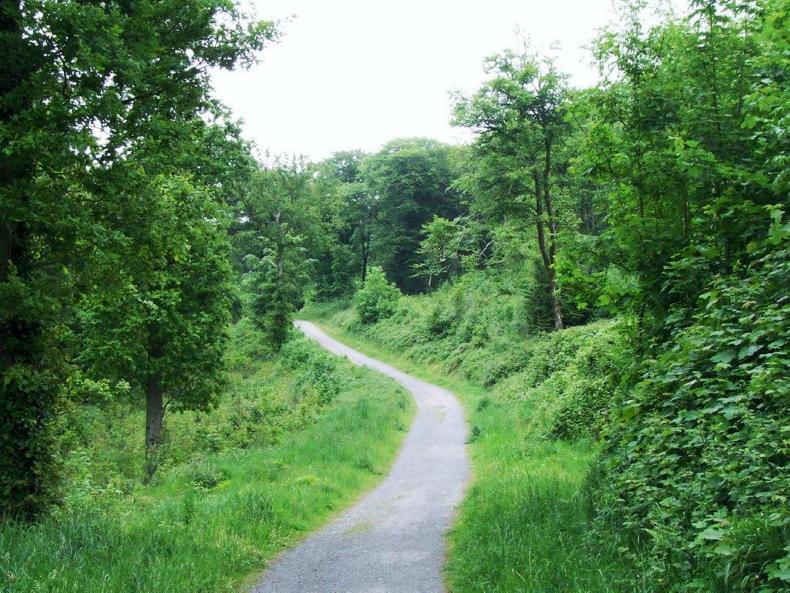
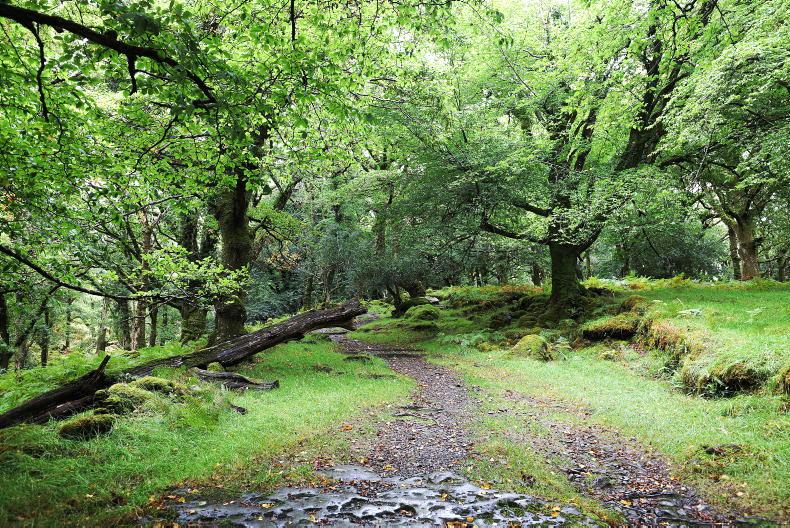
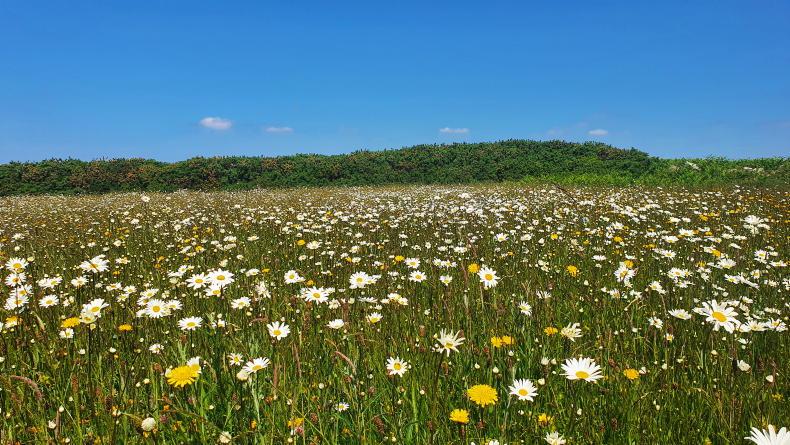
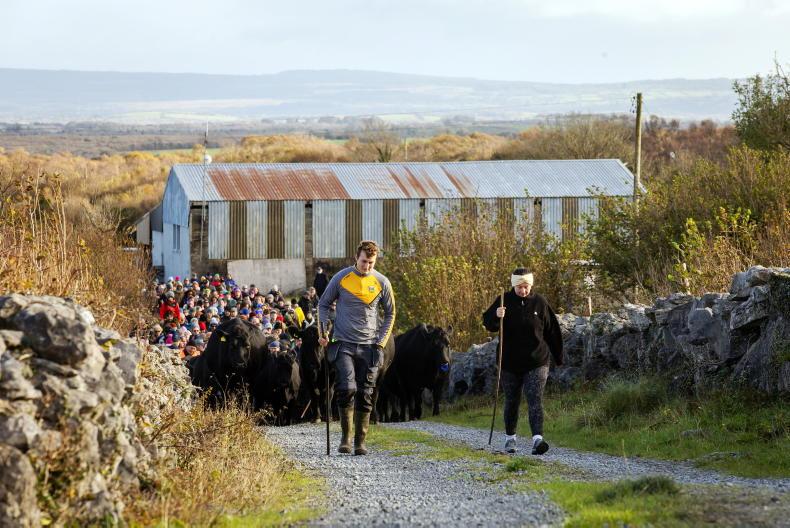
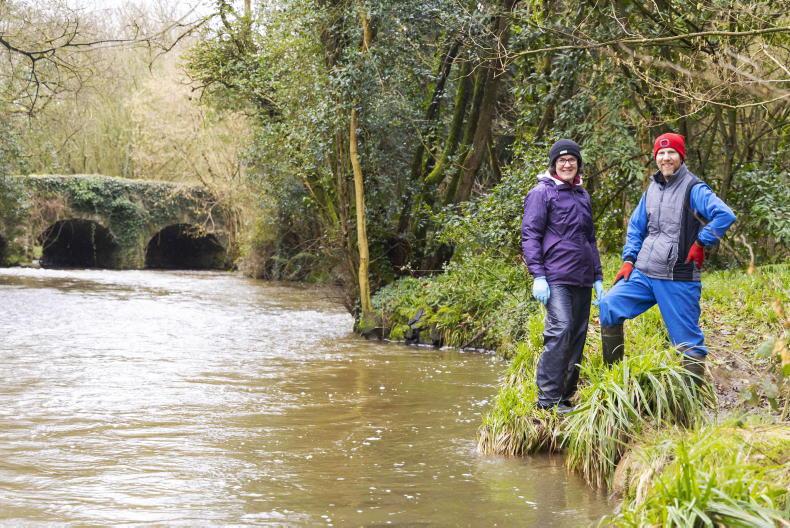
SHARING OPTIONS